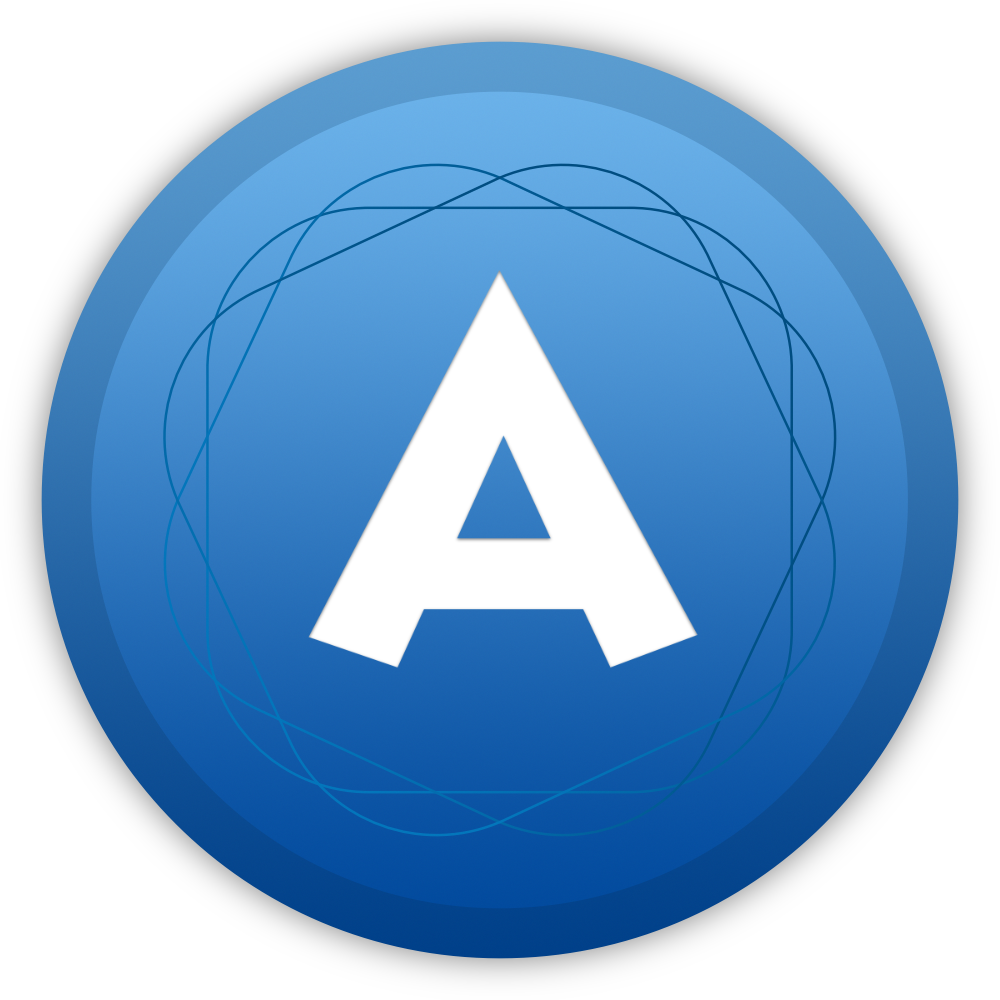I'm asked some really great tech questions by readers just like you. While most are unique, there are some that I am asked over and over an over again. Today's post is one of those common questions, and one that I feel everyone should know about!
"I have a house full of teenagers. How can I prevent them from stumbling on something they shouldn't on the Internet?" While this particular question is specific for home users, the information here applies just the same to small business as well.
Many people are searching for a great (and easy-to-use) way to manage access to the Internet from their home or office, but without the cost of an expensive system. I have a great solution for you! This is one that I have been recommending to many people for years now. It's effective, easy to use, easy to manage, and best of all... it's FREE!
OpenDNS is an organization committed to protecting your network and people from the potential harm that the Internet can subject you to. OpenDNS does provide a paid service for larger (multi-site) organizations, but their free service is perfectly suited for home and small (single-site) business.
In order to use OpenDNS, you must first sign up for a free account. You can do this by going to www.OpenDNS.com. As part of the sign-up process, OpenDNS will guide you through what changes need to made on your home or office network in order for their service to be active. Rather than going through those details here, I will let OpenDNS do that when you sign up for your account. It takes just a few minutes to set up your free account and make the necessary changes to your network.
One of the reasons I like OpenDNS is that it requires no software to be installed, and no configuration changes to be made on the computers or devices on your network. The only change that is required is on your router, and it's quick and simple. This helps to reduce the risk of being able to circumvent the system and it means that all devices on your network are automatically protected under the OpenDNS filtering umbrella (this also includes devices added to your network by friends and visitors). In other words, it's total network protection.
After you have set up your account and configured your router, managing access is also simple. Log into your account (www.OpenDNS.com) and choose to enter the Network Settings section. From here, you will see filtering options, security settings, stats, logs and more!
As you can see, you can choose a default level of protection (high, moderate or low), or you can choose to customization your own level of protection by choosing from their extensive list of pre-defined categories. Some of those categories include the following:
- Alcohol
- Auctions
- Blogs
- Drugs
- Gambling
- Games
- Lingerie/Bikini
- Nudity
- Pornography
- Tobacco
- Web spam
- Many, many more...
In addition to pre-defined categories, you can also block or allow specific websites by using the block/allow tool found below the category listing.
This is a great way to block sites that may not be defined in the category that you think it should be, or to allow access to a site that you're ok with, even though you want the rest of the category blocked. For example, I want to block the "Weapons" category, but want to allow my son to browse Browning's site as part of a research project.
If a website is blocked, the user will see a blocked message telling them why it's blocked. This notification page is customizable, which is great for small businesses.
Not all filtering services are perfect. In fact, I've not seen or used one that is, because there are hundreds (if not thousands) of new sites coming online daily. It's virtually impossible to know about and filter them all appropriately. Having said that, I feel like OpenDNS is one of the best filtering options available. I highly recommend giving it a try and protecting your family and business today.
One last note: this service protects your network, not the devices. If a user has a cell phone with a data plan, this service will not filter that device if they are not on the network, or if they have switched wireless service off (forcing the phone to use the cell carrier's network instead). This is something you will want to keep in mind.
Need help setting up OpenDNS? I'd be happy to help. Contact me today.




